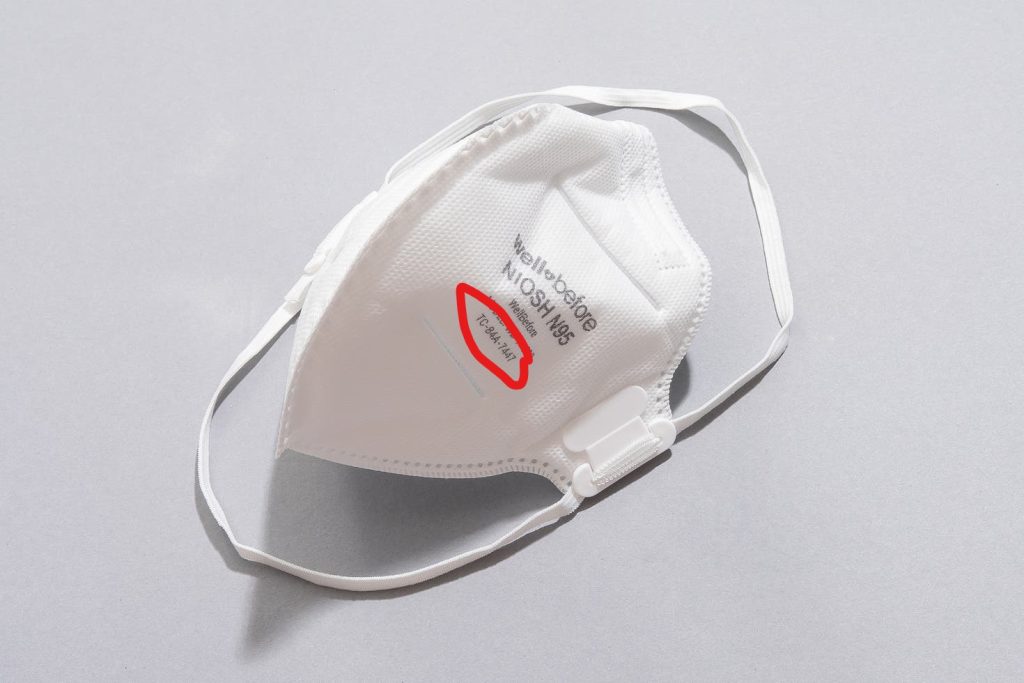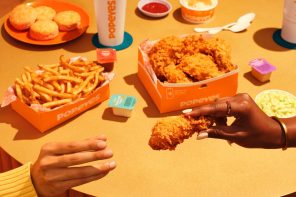With the emergence of the Omicron variant, the Government has updated its mask guidance:
- Masks must now be worn at food and drink businesses and close-proximity businesses, events, and gatherings. The existing exception of when you are eating or drinking still applies. The changes did not apply to non-public facing workplaces, swimming pools and gatherings where you have the exclusive use of a premises.
- Face coverings now must be an actual mask as opposed to scarves, bandannas or T-shirts pulled up over the face, for example.
- All workers who are legally mandated to be vaccinated must also wear a medical-grade mask. For example, a Type 2R or Level 2 mask or above while working in public-facing roles. That included the widely available blue medical grade that many were already wearing.
There is a lot of information circulating about masks, there are also a lot of fake masks out there, so let’s breakdown the different types of masks and what to look for to know that your mask is legitimate.

Cloth Masks
These masks are out, they don’t offer sufficient protection against the omicron variant. At a stretch a cloth mask is better than nothing at all, and if worn over a surgical mask can offer better protection but they are not recommended.
Surgical Masks
Surgical masks, also known as disposable or medical procedure masks, are made of non-woven fabrics with different layers. Surgical masks meet certain fluid barrier protection standards and may be effective in blocking splashes and large-particle droplets, but are not as effective as certified respirators to provide protection from aerosolised particles.
According to Dr Arindam Basu, associate professor of Epidemiology and Environmental Health at University of Canterbury surgical masks should not be used more than once. A new mask should be used every time you put a disposable mask on.
That means if you pop into a shop on your way to work wearing a mask and then take off the mask when you emerge from the shop, you would need to put on a new disposable mask when you arrive at work to enter the office.
KN95 or N95 Masks
N95 masks are respirators that can filter up to 95% of particles in the air. These masks specifically meet the standards of the National Institute for Occupational Safety and Health (NIOSH) for air filtration. KN95 masks are respirators that also provide up to 95% air filtration, but they meet China-specific standards.
N95 masks need to be correctly fitted and tested for those working in healthcare settings, but members of the public can wear them straight away after buying them without having them fitted.
Is My Mask a Fake?
The best way to find legitimate masks is to buy ones made by reputable manufacturers and sold by trusted retailers. Unfortunately, it’s tough to separate the most expertly copied masks from the genuine articles, here are some red flags to look out for:
On the Packaging:
It’s not tamper-evident - Legitimate masks are typically sealed in such a way as to make it clear whether anyone (besides the manufacturer) has handled the contents before you. If your masks come in, say, a bag that’s just been twist-tied or zip-top-closed, be suspicious.
There’s no company or location information - Legitimate respirators should state where the masks were manufactured. There should also be a legitimate website or physical address so you can get in touch with the manufacturer, should you have questions or problems.
There’s no expiration date - Because the particle-repelling electrostatic charge on respirator masks eventually degrades over time, there should always be an expiration date listed on the packaging.
Official terminology is used incorrectly - Any packaging that states a mask is “FDA approved” is a red flag. An N95 is approved by NIOSH.

Note the TC number in the last line
On the Mask:
There’s no branding - You should see the name of the company or logo right on the mask, whether it’s an N95, KN95, or a KF94.
You notice quality-control issues - A crooked nose-bridge wire, elastics that lose their stretch or detach easily—these shouldn’t be found on any of your masks. These issues affect the fit and consistency of the mask and wouldn’t pass muster for a reputable brand.
On N95s:
The NIOSH mark is missing - NIOSH—spelled correctly—should be in capital letters and easily detectable.
There’s no approval number - This alphanumeric designation starts with the letters “TC-84A,” followed by four additional digits, and can be found on the mask or the bands. If there is one, check for it on the NIOSH Certified Equipment List.
The mask has ear loops - Legitimate N95 masks never have ear loops; instead they have a pair of elastic bands that go around the back of the head. This typically creates a tighter seal than the ear loops characteristic of KN95s and KF94s.

Note the GB number under its KN95 designation
On KN95s:
There’s no GB marking - The KN95 standard requires that masks made after July 1, 2021, be stamped with GB2626-2019, which provides reassurance that the manufacturer constructed the mask according to current Chinese respirator standards. A mask with a GB number ending in 2006 was made according to the previous standard and is still legitimate if the expiration date hasn't passed.






